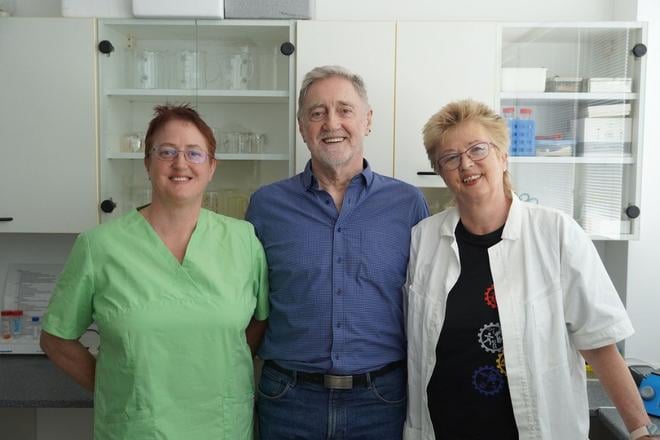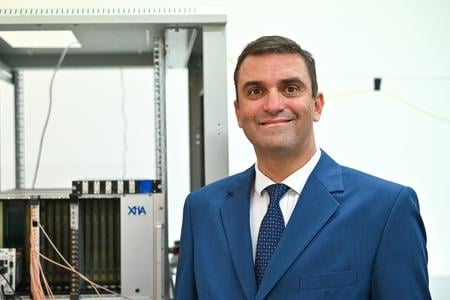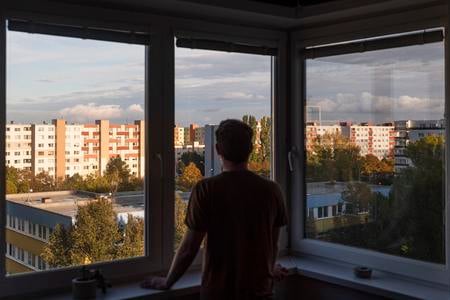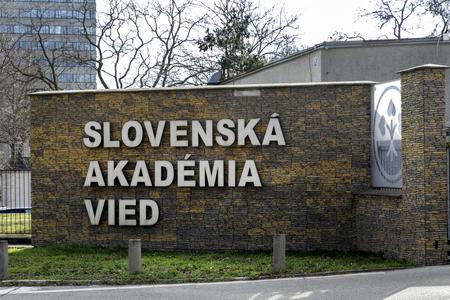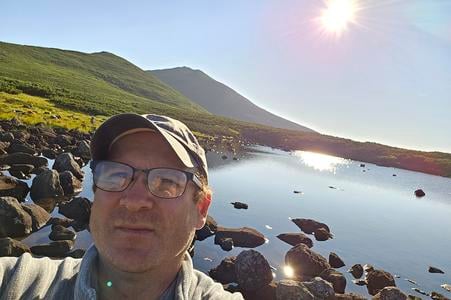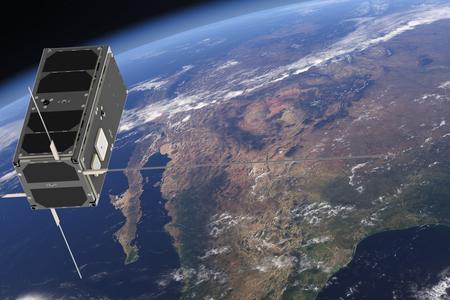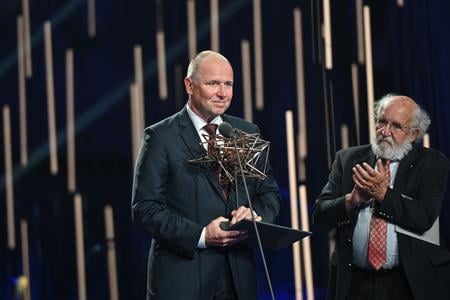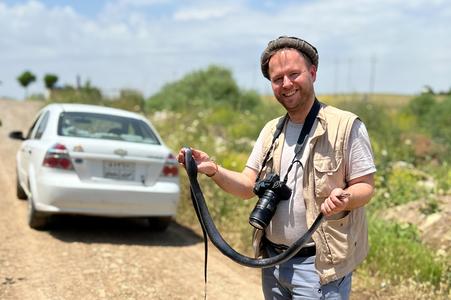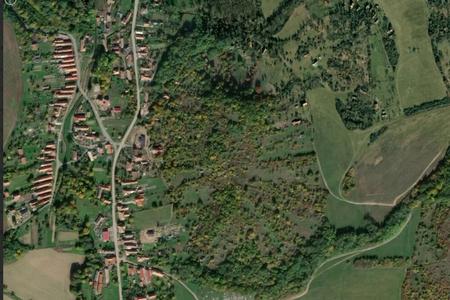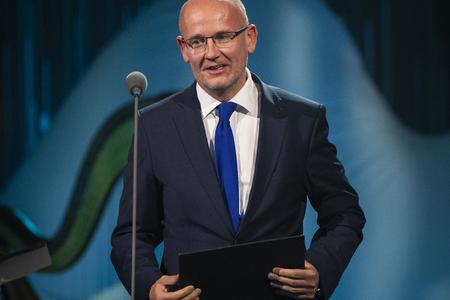Slovak Science
This column reports on science stories involving Slovaks or in Slovakia.
It is supported by the ESET Foundation, which awards the ESET Science Award to exceptional scientists every year.
Slovak scientists open up path to new treatments for heart conditions
Cardiac arrest mortality remains high despite medical progress.
‘Robot lollipop lady’ tested in Slovakia to guide kids across roads
Researchers trial humanoid robot with schoolchildren as part of push to integrate AI into everyday traffic safety.
Catching up with science in Slovakia: New SAV chair and grant for scientists
A unique find in Kuwait, first Slovak novel translated into English.
Scientists in Slovakia helping create ‘breathing’ glass
FunGlass team looking to tap extra potential of smart windows.
Slovak satellite that even competed with NASA burns up in the atmosphere
Neither its designers nor the scientists involved believed it would achieve so much.
Slovak material chemist founds successful lab after more than 25 years in the US
Milan Sýkora explains how nanotechnology has been used for centuries.
Slovak physicist: I do not employ doctoral students; I make them go abroad. I expect them to push us forward
Martin Venhart ran to be lead the SAV because he needs the power and authority to bring about change.
Slovak scientists tackle big questions, from ancient climate shifts to cutting-edge smart windows
What's new in science in Slovakia.
Slovak scientists find a kinder way to test products without using animals
Award-winning study explores human-based alternatives that offer safer and more ethical testing methods.
Slovak scientists help tear down two objections to Jurassic Park premise
Just don't expect cloned dinosaurs to appear any time soon.
Neuroimmunologist Norbert Žilka: Slovakia in Alzheimer's research premier league
But country data on condition is woeful.
Small cube doing big things: Slovak satellite makes waves in astrophysics
Cubesat is a testing bed for future constellation.
SAV scientists help improve promising diabetes treatment
Team taking simple approach to problem.
Comenius University scientist helps uncover surprising evolution of unwanted invasive toad
It's not one, but actually two species.
International team led by Slovak scientist sheds light on ancient climate enigma
Their study employed a novel approach pioneered by Hana Jurikova.
Scientists uncover lost ruins and terraced fields in the Štiavnické Hills
Advanced aerial scanning has exposed forgotten structures on Hrádok.
Recognising Slovak scientists both home and abroad and tackling worldwide challenges
What's new in Slovak science in one place.
Award-winning Slovak oncologist: It's all about trust between a doctor and patient
Michal Mego, winner of 2024, ESET Science Award public prize, founded top research lab when he returned to Slovakia.
Slovak astronomer helps discover star destroying its system
Observations from High Tatras helped new study.
Slovak scientists improving people's lives
Better cancer detection, diabetes cure, in their sights.
- Last Week: Once again, the government’s message is ‘trust nobody’
- Filling the English-language gap on Slovak literature
- Meet the boy who makes Zvolen drivers honk their horns in recognition
- News digest: President calls out British “help” and dares UK with “what‑if”
- Slovak roots: an opportunity to get closer
- Smer party linked to pro-Russian disinformation media outlet TV OTV
- Get a glimpse of Bratislava’s eastern hinterland by bike Photo
- Slovak consumers cry foul at banks – but most complaints fall flat
- Last Week: Once again, the government’s message is ‘trust nobody’
- Filling the English-language gap on Slovak literature
- Meet the boy who makes Zvolen drivers honk their horns in recognition
- Get a glimpse of Bratislava’s eastern hinterland by bike Photo
- Atlético’s first Slovak? History points to the forgotten Daučík
- Light the Slovak fire
- News digest: The book aiming to open an English-language window onto Slovak literature
- Slovak roots: an opportunity to get closer
- Filling the English-language gap on Slovak literature
- Get a glimpse of Bratislava’s eastern hinterland by bike Photo
- Last Week: Once again, the government’s message is ‘trust nobody’
- Weekend: Metal music or folklore festivals. What will it be? Photo
- News digest: President calls out British “help” and dares UK with “what‑if”
- Light the Slovak fire
- News digest: The book aiming to open an English-language window onto Slovak literature
- Meet the boy who makes Zvolen drivers honk their horns in recognition
- Filling the English-language gap on Slovak literature
- From nursing aspirations to HR leader: How Miroslava Rychtárechová is shaping Tesco Slovakia
- Get a glimpse of Bratislava’s eastern hinterland by bike Photo
- Why Slovakia’s SNP Trail should be on your hiking bucket list Audio
- Last Week: Once again, the government’s message is ‘trust nobody’
- Weekend: Metal music or folklore festivals. What will it be? Photo
- Light the Slovak fire
- Fico accuses UK of election meddling, summons British ambassador
- Last Week: Once again, the government’s message is ‘trust nobody’
- News digest: The book aiming to open an English-language window onto Slovak literature
- Slovak finance body revives corporate bond scoring, but major players stay away
- Smer party linked to pro-Russian disinformation media outlet TV OTV
- Meet the boy who makes Zvolen drivers honk their horns in recognition
- Weekend: Metal music or folklore festivals. What will it be? Photo
- Filling the English-language gap on Slovak literature
- ‘Caravan project’ raises questions over farm subsidy scheme More articles ›


